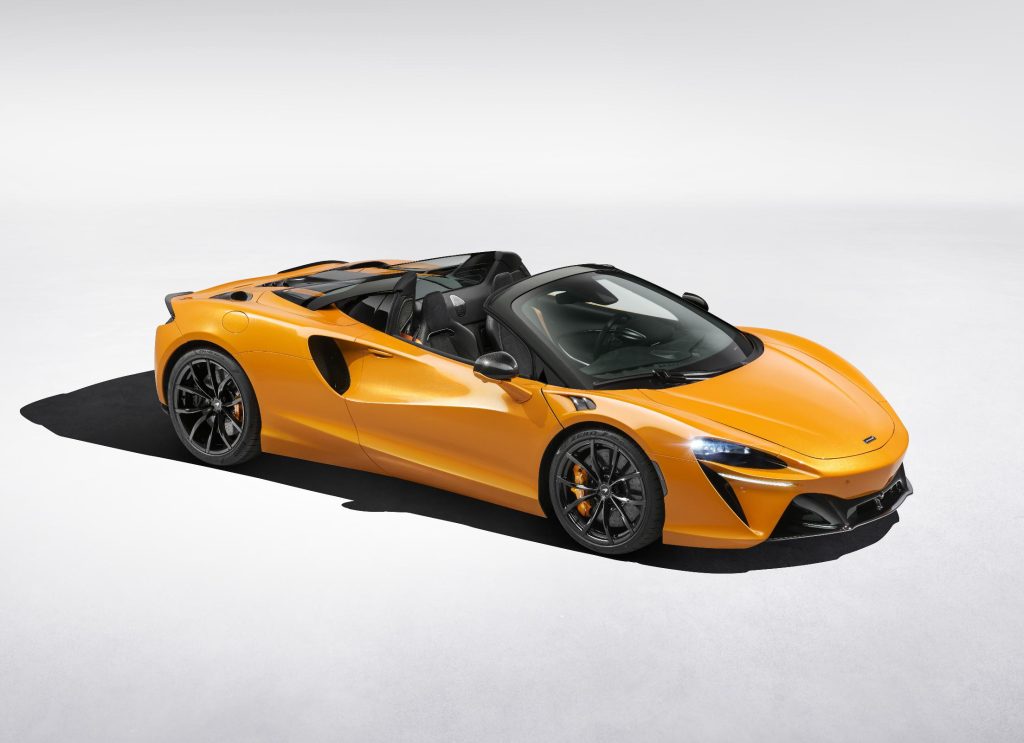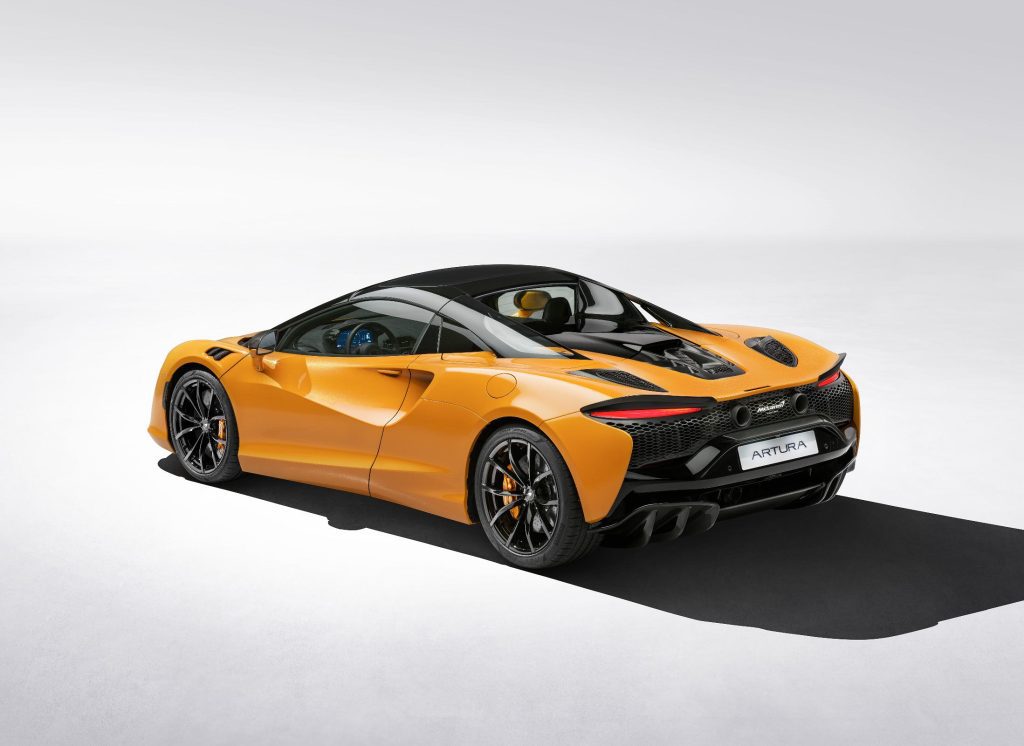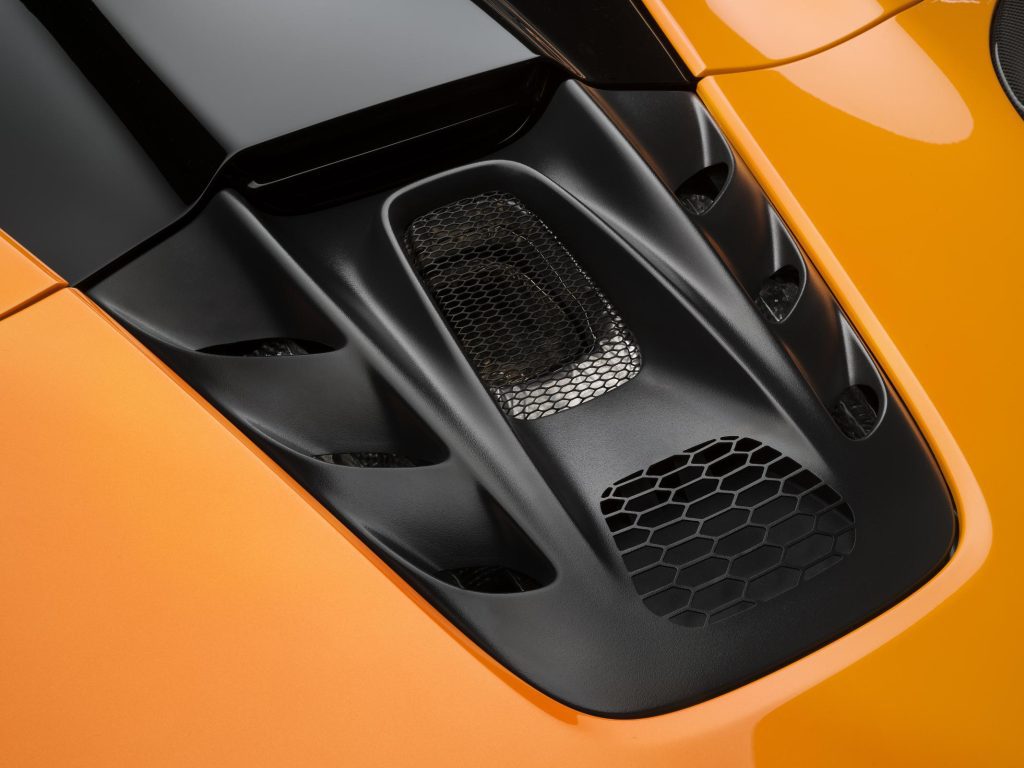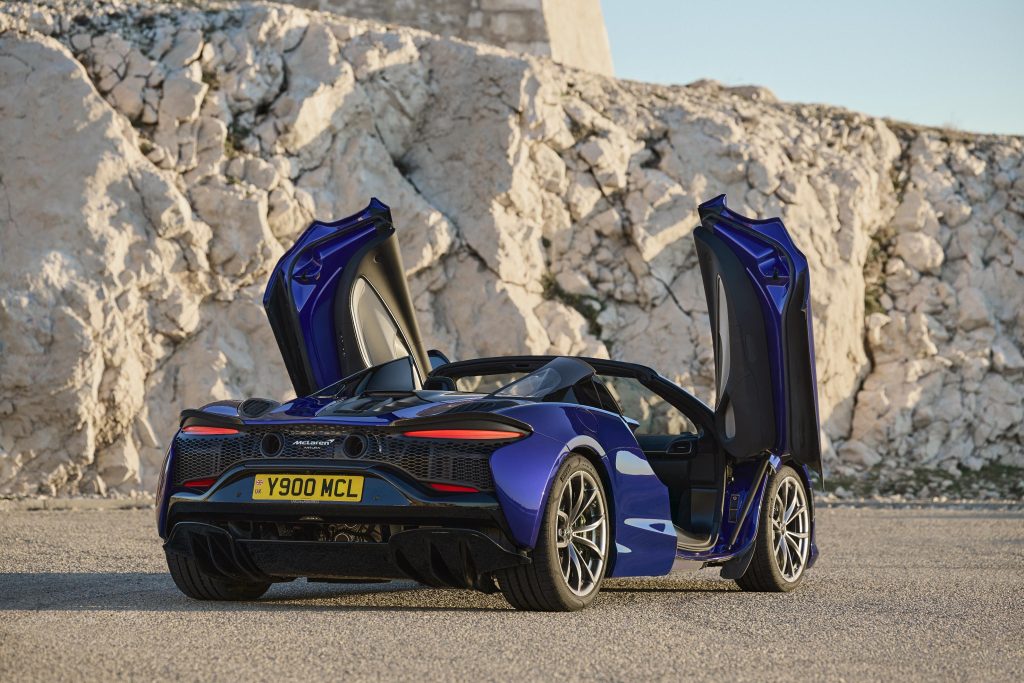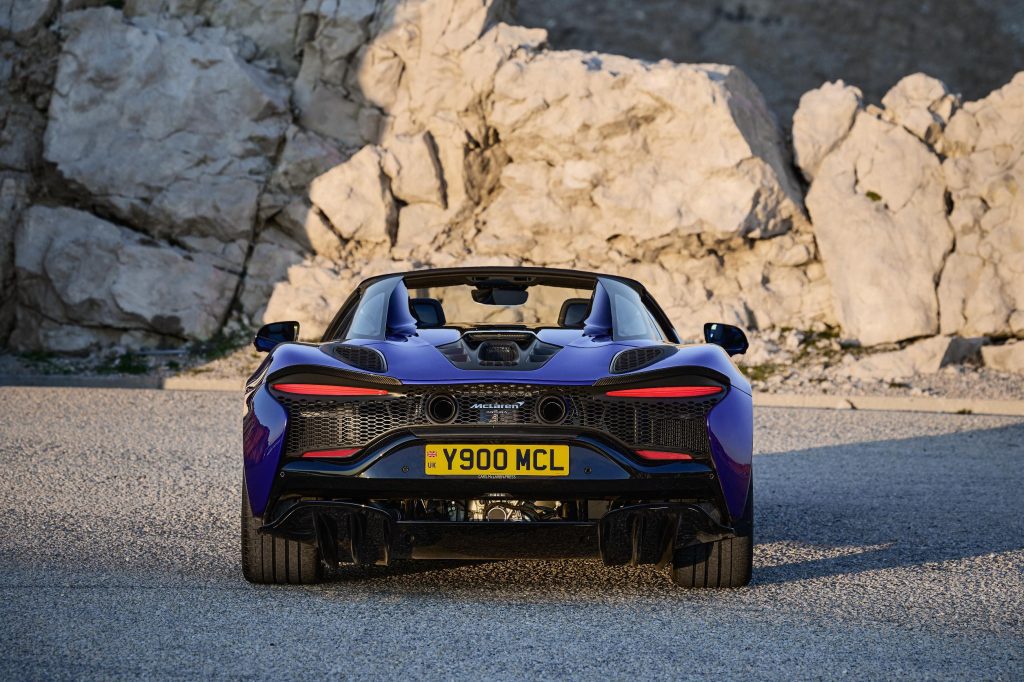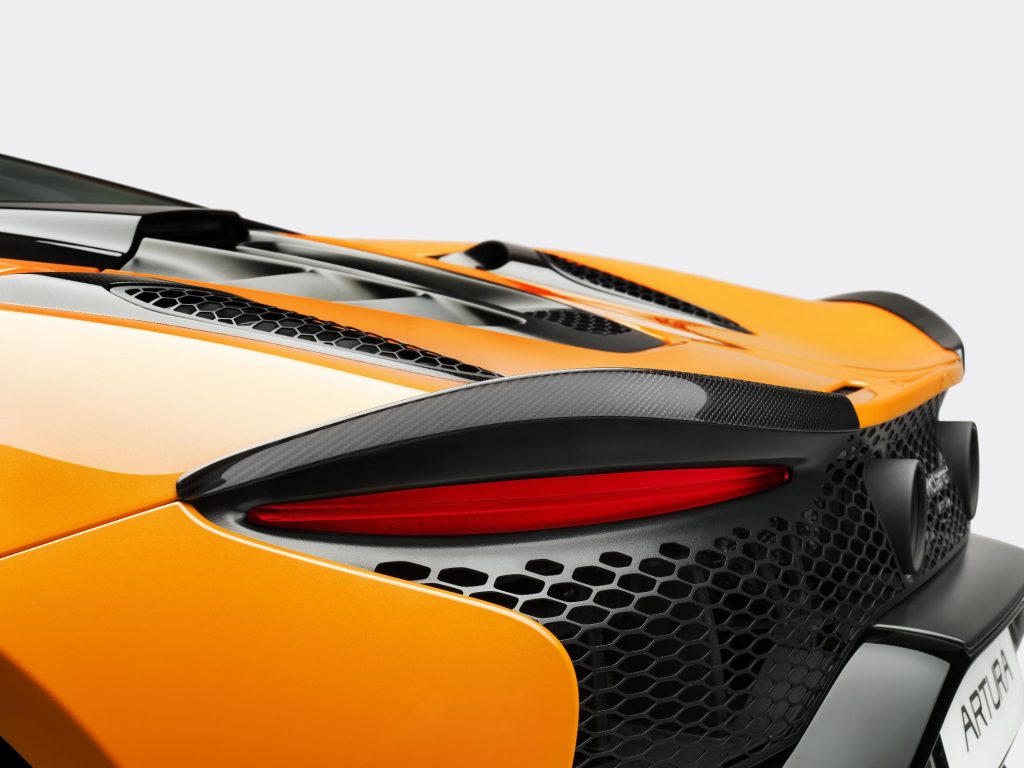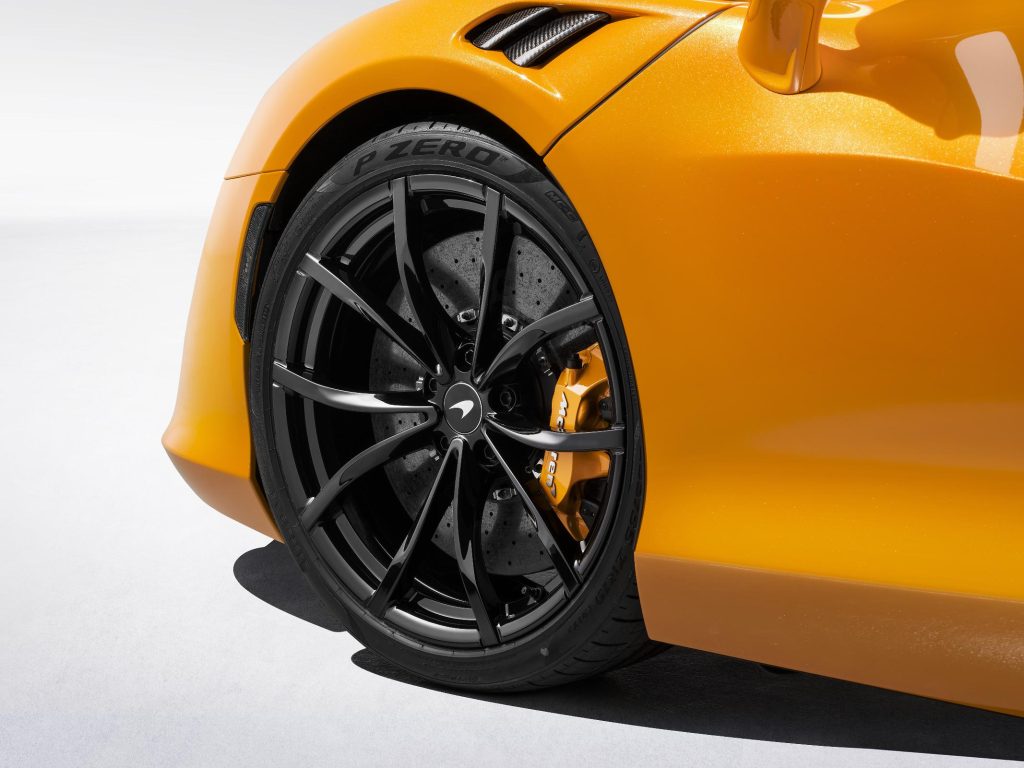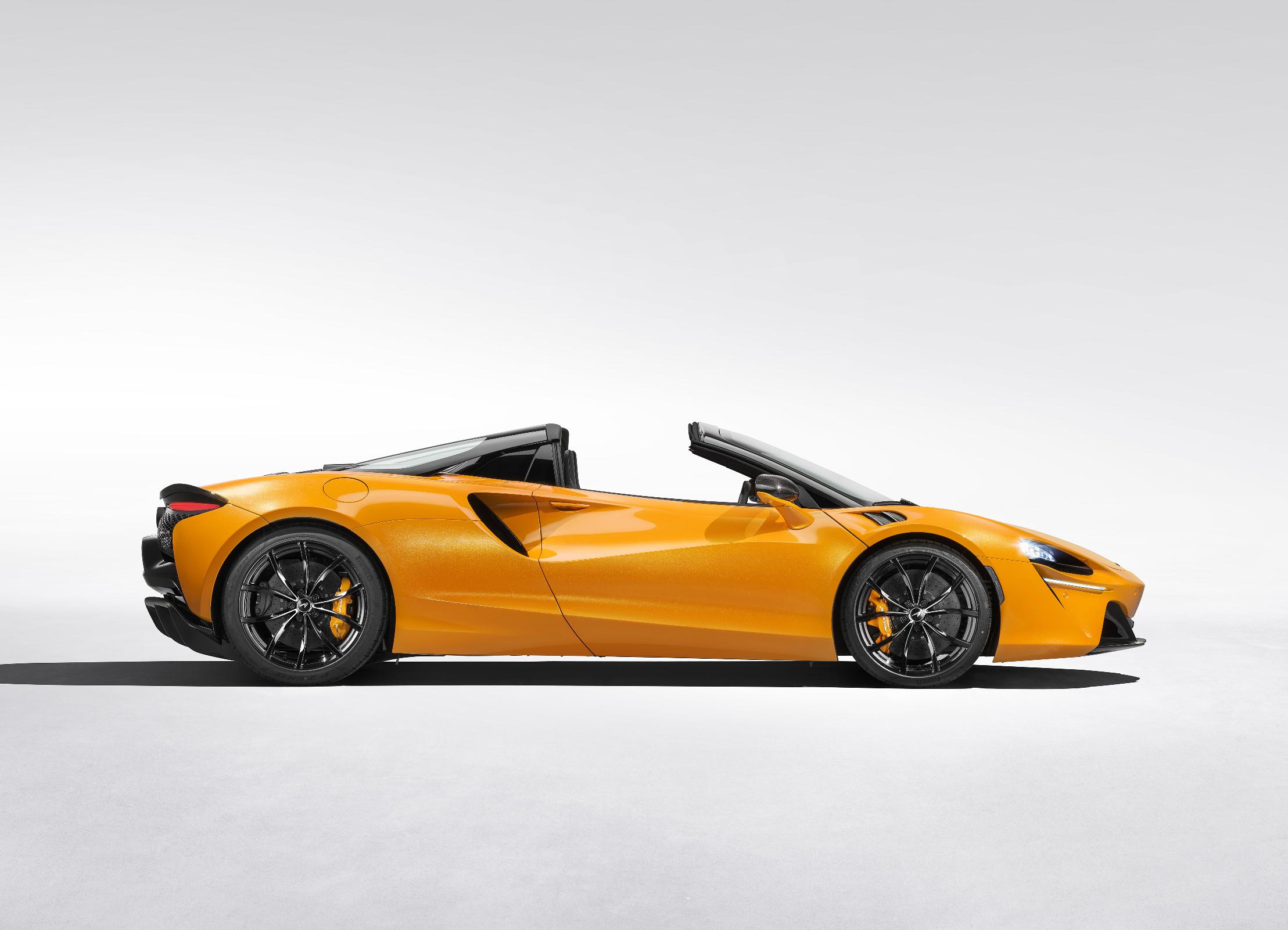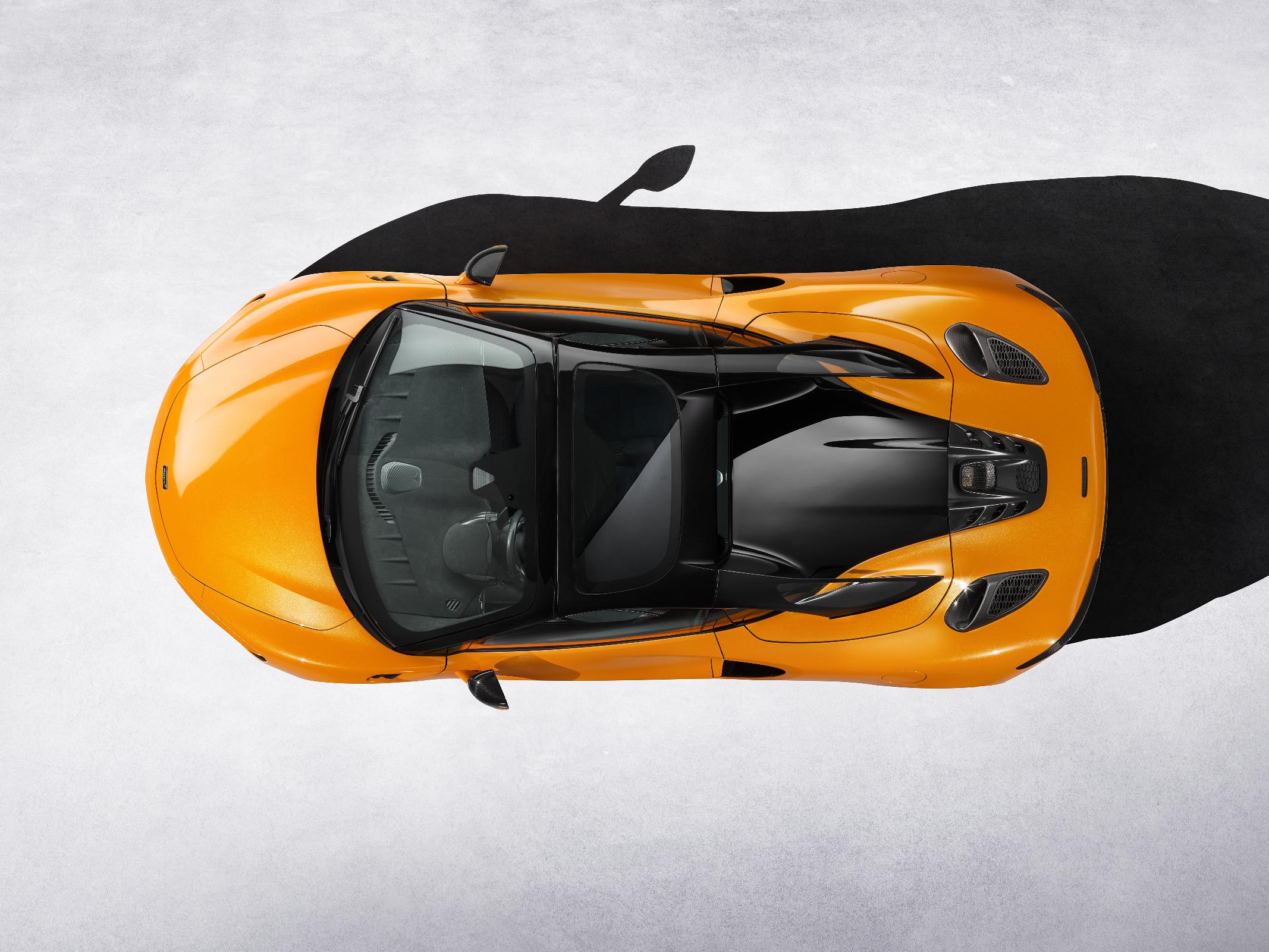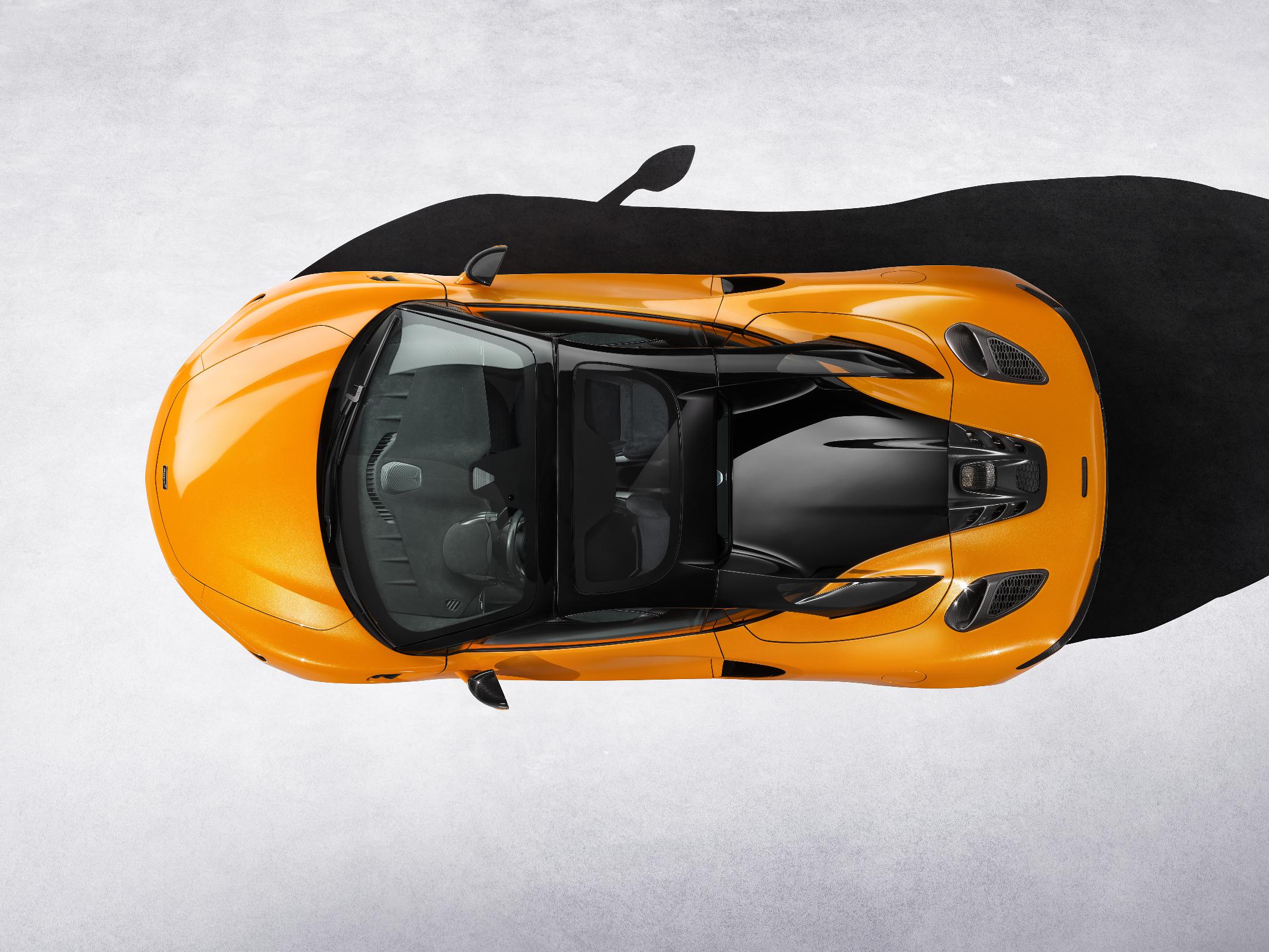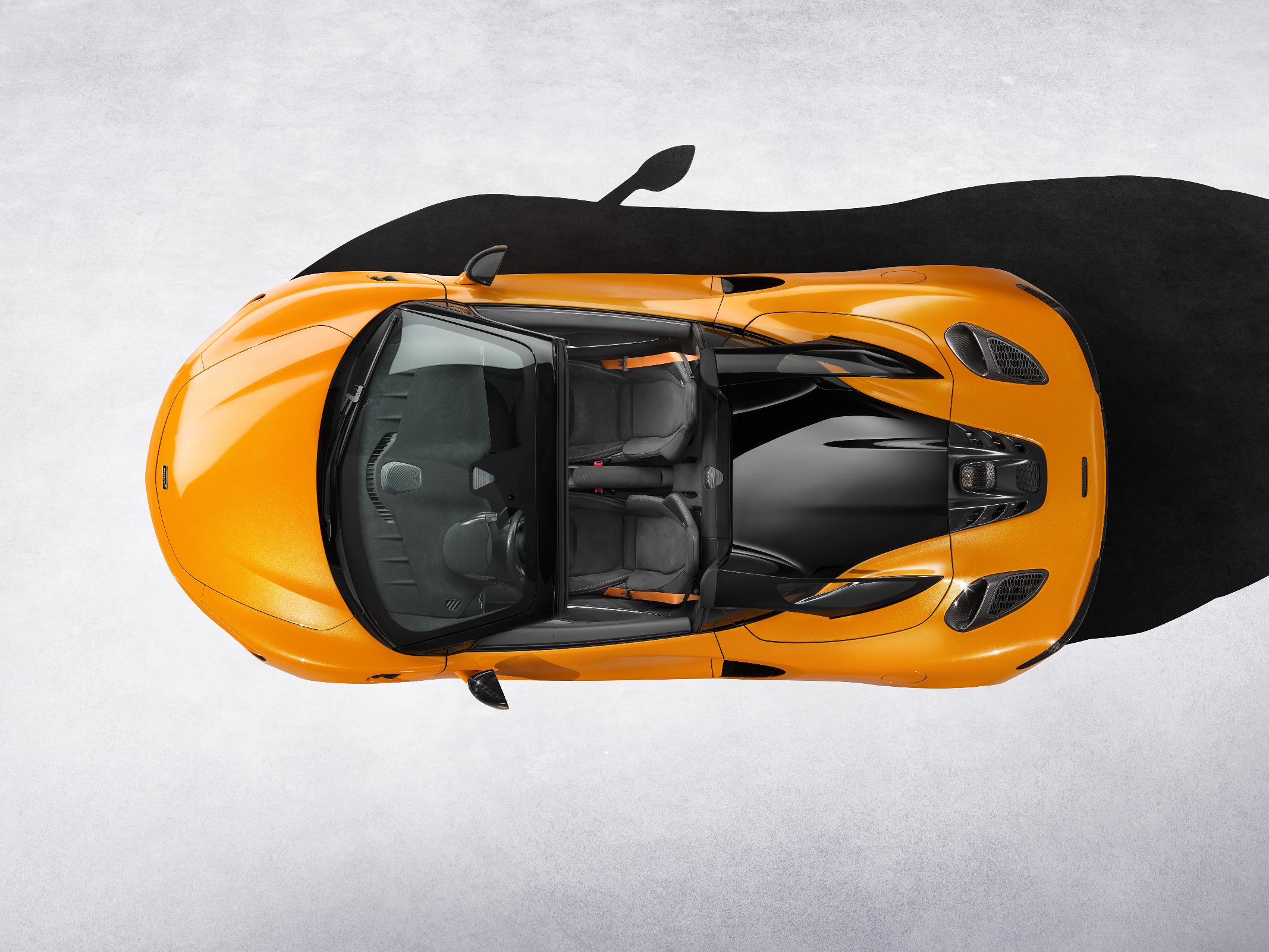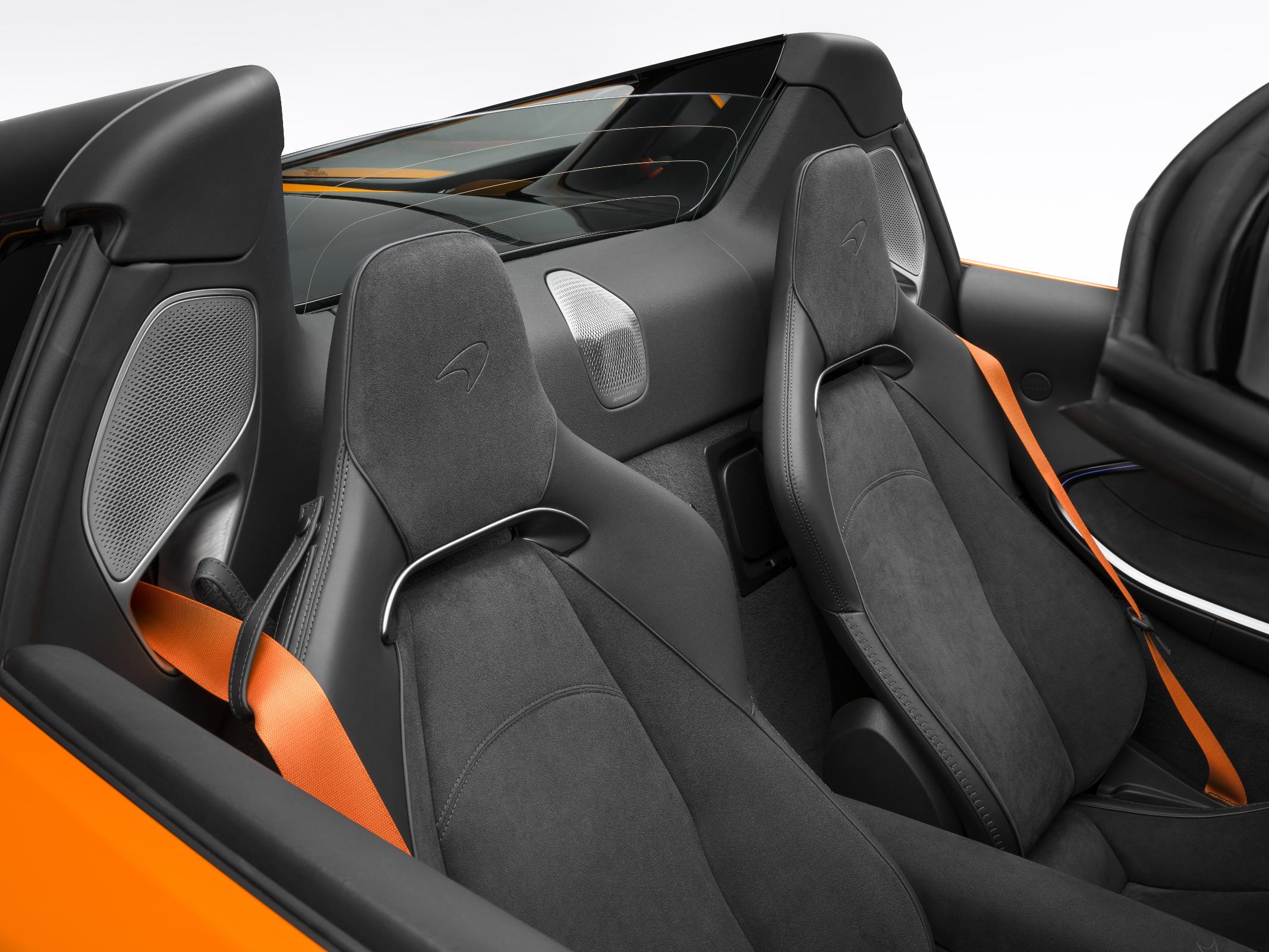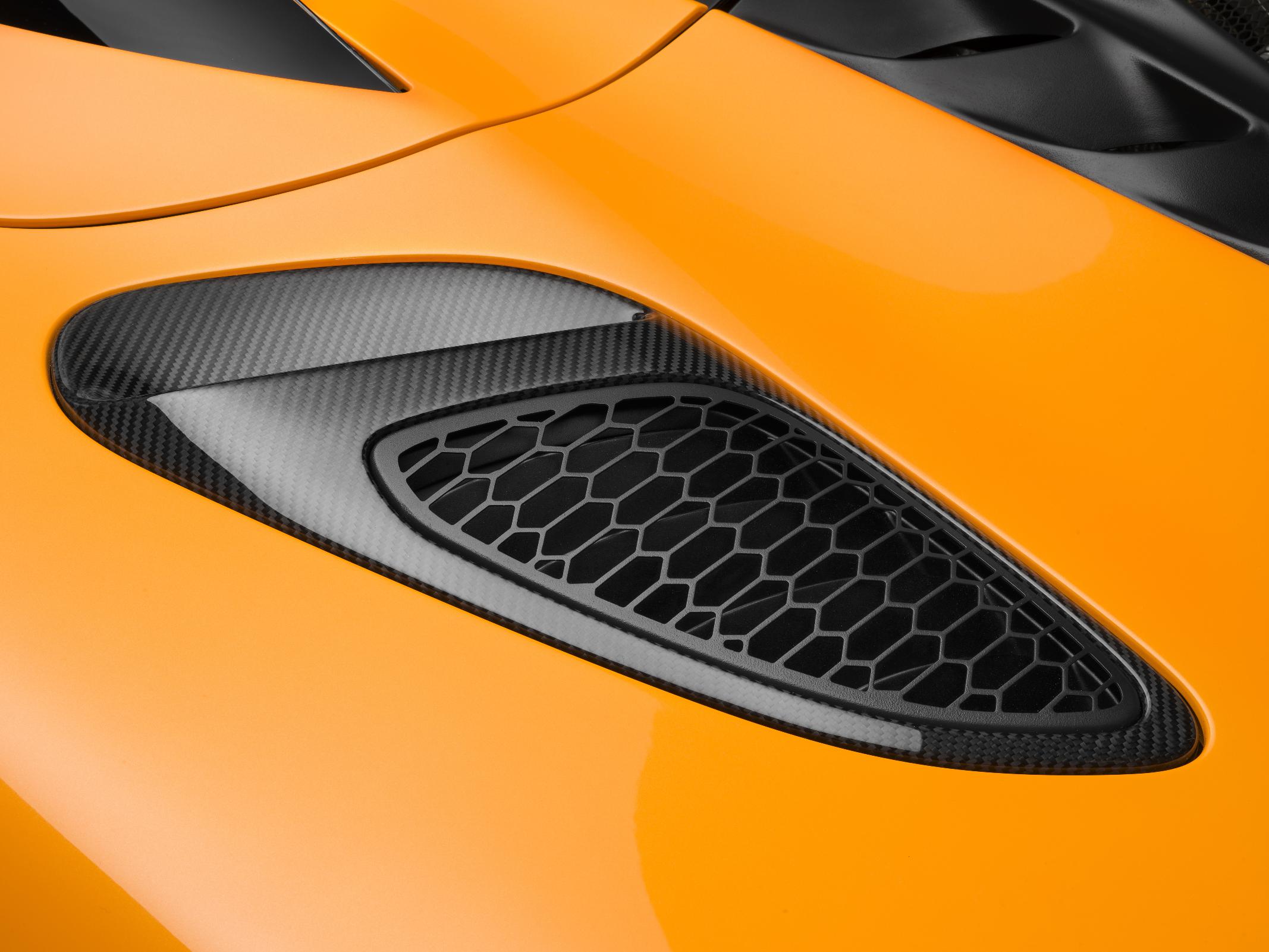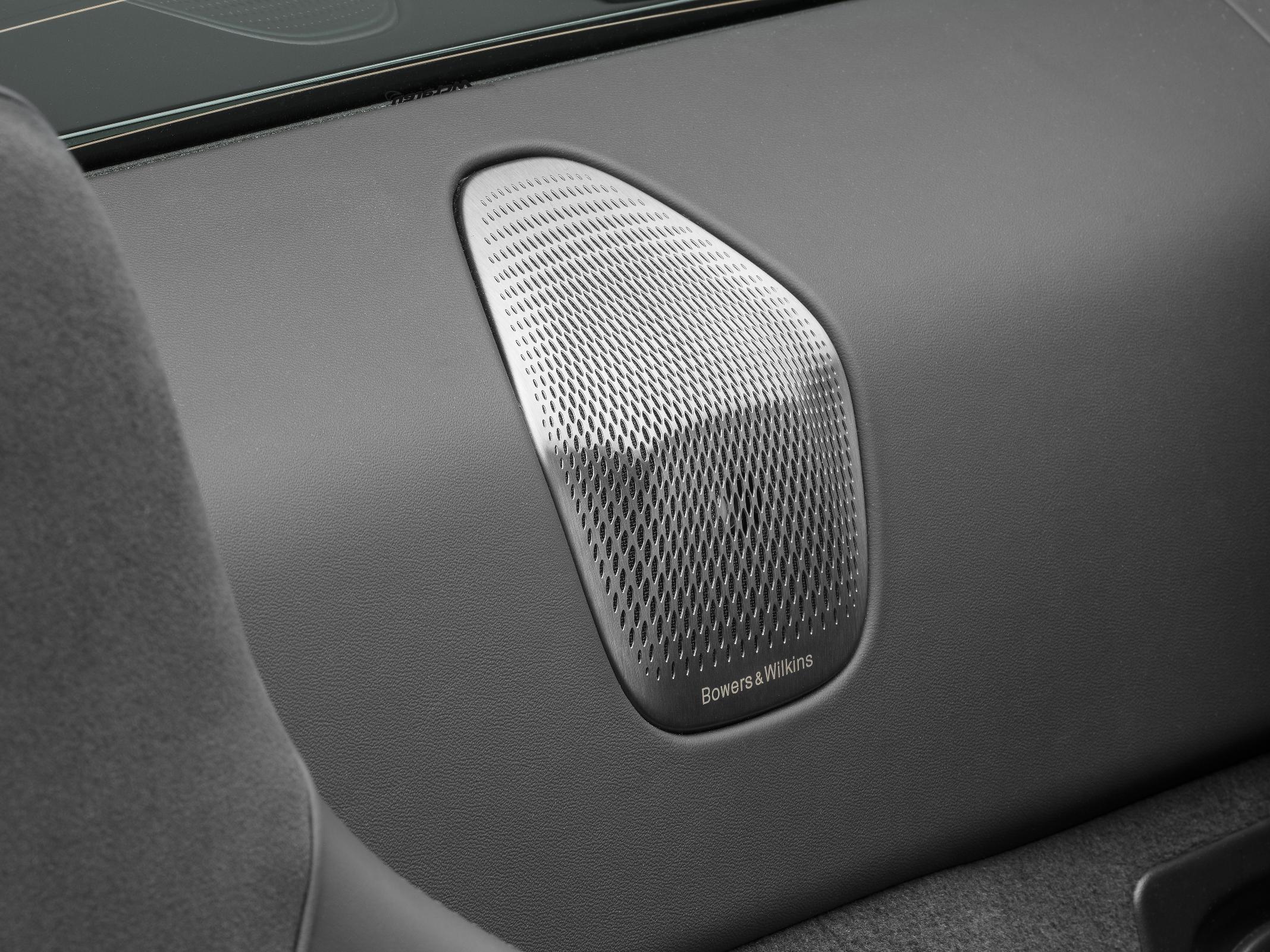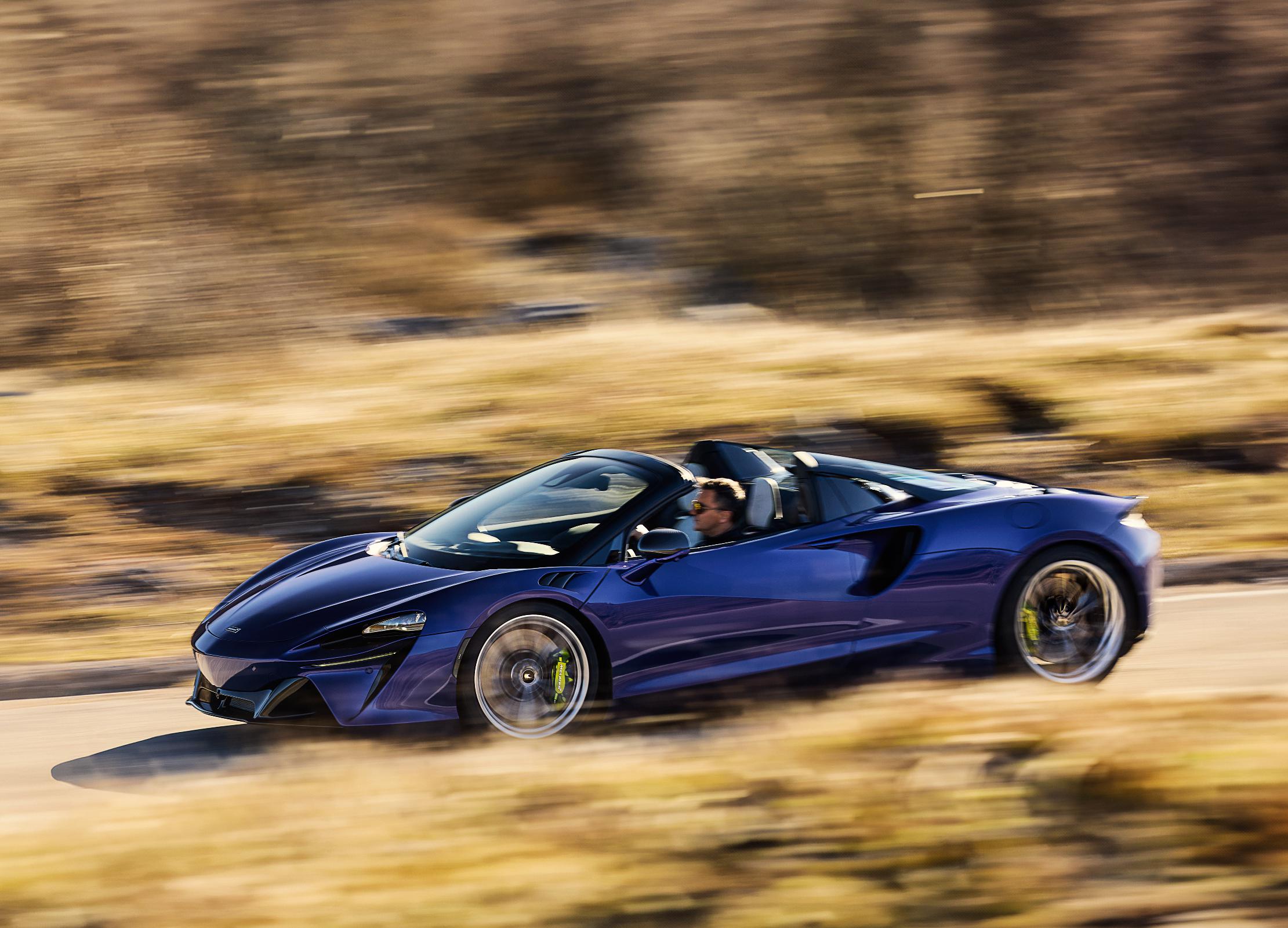
[ad_1]
2025 McLaren Artura Spider
Drop Top Hybrid Perfection
To say that McLaren has been at the forefront of supercar innovation is not overstating the fact. Ever since McLaren Automotive was created in 2010, every year has seen the introduction of a new sports model, new super model, or a new ultimate model, without fail. It is in this spirit and tradition that the 2025 Artura Spider has been created, marking it as the first drop-top hybrid that has ever come out of the Woking UK headquarters. While it is a 2025 model year car, it does fill in the 2024 slot in the cycle of McLaren’s supercars.
What sets the Artura Spider apart from the other Spiders that have come before (12C, 570S, 650S, 720S, and 750S) is that it is the first of any of them that has had less than 8 cylinders. In the drive to extract more performance from only six cylinders, the engine was designed in conjunction with the McLaren Racing Formula One side of the business, which helped create one of the most technologically advanced V6 engines in the world. To boost that power, a hybrid assist motor that is dubbed the Axial Flux E-Motor System adds instant torque and extra power across the entire rev range, as well as replaces the entire reverse gear.
The powertrain isn’t the only high tech part of the car, not by a long shot. In fact, so much new tech, systems upgrades, and composite materials expertise has come with the new Artura Spider that much of it has been carried back to the Coupe, making the 2024+ Artura Coupe almost a “Version 1.5” of the 2022 original car. The biggest part of that, the McLaren Carbon Lightweight Architecture (MCLA), means that the Artura Spider, as well as its Coupe brother, are two of the lightest full Sport Series models ever to leave the McLaren Technology Center (MTC) with the Spider having a kerb weight of just 1,560 kg (3,439 lbs).
Even more impressive is that the Spider weighs a scant 62 kg (137 lbs) more than the Coupe, despite extra carbon tub stiffening and the installation of the motors to fold the power hardtop away. For comparison, that makes the Artura Spider just 70 kg (154 lbs) heavier than the first -ever McLaren performance hybrid, the P1 Hypercar. As well, having two-thirds of the total horsepower of the P1 means that the Spider is not only the lightest drop top that McLaren has made, it’s also one of the fastest, with a 0 to 60 time of 3.0 seconds flat.
At the end of the day, that makes the Artura Spider, despite being a “base” model in the McLaren lineup, one serious performance supercar.
Engine & Performance
The First Performance V6 Spider From McLaren
With input from the McLaren Racing Formula One team, the engineers and designers at the MTC created a revolutionary engine with the Artura Coupe, which has been perfected for the Artura Spider. That engine is the M630 twin-turbocharged, 120 degree V6, the first of its kind in the world in a drop top supercar, but for the Spider, McLaren has turned the wick up a bit.
It produces 597 HP @ 7,500 RPM and 431 lbs-ft of torque @ 2,250 RPM all on its own, 20 HP more than the V6 in the Coupe, mostly thanks to its all-aluminum construction and “hot-vee” turbocharger layout. This system inverts the intake and exhaust ports of the engine, with the compressed air entering from the sides of the engine, and exhausting into the V of the engine banks, which spins up the turbos quicker for better throttle response.
What impresses about the Spider is that this layout makes it possible for the power-folding hard top to have enough room over the engine itself to fold away, without impacting engine cooling or air intake at all. The engine is mounted low down, but with a top that does not protrude up pretty much at all, it still leaves enough air space for the four air intakes to provide enough cooling air to keep it well within tolerances.
The McLaren Axial Flux E-Motor System
While it has a very technical name in a traditional McLaren way, the Axial Flux E-Motor provides 94 HP and an additional 166 lbs-ft of torque, both from 0 RPM. We brought up the McLaren P1 earlier for a very specific reason, as the hybrid motor boasts a power-density-per-kilogram output that is 33% greater than the motor in the hypercar.
The hybrid is also used across the entire rev range, from standstill through to the top speed of 330 KPH (205 MPH). In a bit of ingenious weight saving, the Spider’s dual-clutch transmission only has 8 forward gears with no reverse. Instead, the E-Motor can reverse polarity, acting as the reverse gear. As well, with all of the lessons learned from the coupe as well as advancements in transmission technology, the Spider’s shifts are nearly seamless, changing 25% faster compared to the Coupe.
The combine power of both the engine and the hybrid system comes out to a flat 700 PS, or 691 HP. Total combined torque is a massive 531 lbs-ft. Even better, if you already have an Artura Coupe and are wanting the extra 20 HP, McLaren will provide the upgrade free of charge on request.
Chassis & Handling
The Artura Spider’s driving dynamics are incredibly close to its Coupe brother. Being the only supercar of its class to offer the combined benefits of ultra-lightweight carbon composite construction, an engine in the middle with RWD only, and an e-Motor to provide instant throttle response, it is only added to by the steering being distinctly old-school. Instead of the modern electric assist that most supercars use, the Spider (and Coupe) uses an electronically-controlled hydraulic assist system. This means that like the supercars of old, the driver gets instant feedback and excellent feel for where the front wheels are and what they are doing, making this a marriage of bleeding edge technology with the best parts of the car returning to the old ways of doing things!
An excellent example of this is the electronically controlled rear differential. Instead of using a limited slip mechanical differential, the car itself measures the angle, speed, aggressiveness, and driving mode that the Spider is in, and adjusts the slip between the rear axle shafts several hundreds of times per second. The benefits of this are profound, as the hybrid motor can also add bursts of torque and power while the e-differential slips one side of the car, allowing maximum power to the wheel that needs it most, such as the outside wheel in a hairpin when you plant the pedal to catapult down the next straightaway.
Because of this, the Artura Spider balances its dynamics across two diametrically opposed concepts: increased agility with increased stability.
Aerodynamics & Suspension
Helping keep the Spider planted during those heavy cornering runs, McLaren spared no expense in wind tunnel testing and computer fluid dynamics simulation. Unlike many competitors that use a raft of active aerodynamics to shape the air second to second, the Artura Spider relies on passive aerodynamics for the most part. The front wheel arches are louvered to reduce air pressure inside the wheel wells, with very slim brake cooling duct intakes under the outer edge of the headlights.
The tail of the Spider, in combination with diffuser, has been shaped to provide 110 kg (243 lbs) of downforce, planting the rear wheels into the tarmac, while the front splitter uses ground effects by venting down under the car instead of up through the hood to provide an “air skirt” of low pressure, sucking the front down into the road as well.
However, you can have the most active and high tech aerodynamics on any car, and it wouldn’t mean much without a superb suspension setup. This is where the Artura Spider shines, as compared to the Coupe, its Proactive Damping Control (PDC) suspension setup responds 90% faster. Depending on which driving mode the car is set to, this can make the Spider capable of turning harder than the Coupe model, which is usually the opposite of what happens when you remove the roof of a supercar.
This can be attributed to the fully independent suspension at each corner of the car, as well as the carbon composite “tub” of both the Spider and Coupe being shared. It is the most advanced tub of its kind, and has less than 0.1% torsional flex side to side, making sure that the suspension keeps the tires on the road and making the car corner absolutely flat.
Traction, Stability, & Driving Modes
There are three driving modes, which McLaren labels as “Handling Modes:” Comfort, Sport, and Track. Each setting has its own independent and distinct set of parameters for the entire car. These parameters control everything from damping, being compliant for urban driving and providing maximum stiffness and dynamic response for track runs, to how much the e-differential slips the drive axles, to even how aggressively the traction and stability control systems kick in when needed.
In a highly appreciated move, McLaren has separated the electronic stability control (ESC) and traction control (TC) settings from each other. This allows the driver to independently control each, from ESC having On, Dynamic, and Off settings, and TC having Handling and Powertrain modes. These two modes either kick in the traction control during cornering if you add too much power, or maximizes the interruption during a top speed sprint to prevent any wheel spinning at all.
All said, it is one of the most customizable vehicle dynamics systems that McLaren has ever put in a supercar.
Brakes & Tires
For such a ferociously powerful supercar, it comes with some ferociously powerful brakes. 390mm front and 380mm rear next-gen carbon ceramic discs, clamped by 6 piston calipers at the front and 4 piston calipers at the rear, with an electronically controlled vacuum-type brake booster, can haul the Artura Spider down from 200 KPH (124 MPH) to naught in 124 meters (407 feet). That is near race car level performance, and is one of the shortest braking distances for a supercar Spider in 2024. It is also doubly impressive that the Artura Spider, despite being a hybrid, uses absolutely no regenerative braking. That distance is pure and simple pads-to-discs performance.
It also helps that the Artura Spider has bespoke tires from partner Pirelli. Labelled as P-ZERO MC-C tires, they are 235/35Z R19 at the front and 295/35Z R20 at the rear, are of the Pirelly P-ZERO Cyber Tire family, which are in effect close to semi-slicks cleared for road use. They also are particularly good at water displacement, providing maximum grip in almost all weather types.
The Spider does have two optional tire choices that can be fitted from the factory. The first is the Pirelli P-ZERO Corsa tire, which uses a softer compound to provide maximum grip on track tarmac, while also being cleared for dry road use. The other is the P-ZERO Winter tire, with a bespoke siping and tread block pattern to give maximum grip on icy and snow-covered surfaces.
Design, Styling & Interior
The Artura Spider follows the design aesthetics of the Spider cars that came before, with two flying buttresses behind each seat to provide the most focused airflow over the engine cover louvres to suck out hot hair before flowing over the tail of the car. The “speed bumps” behind the seats also do play a part in overall car stability, and reduce overall buffeting in the cabin due to air-shaping.
That interior is about as McLaren as you can get. A simple, alcantara-covered steering wheel with a clean and easy to read dash TFT screen. Many car functions, settings, and other Advanced Driver Assistance Systems (ADAS) are accessed via the McLaren Infotainment System 2 (MIS-II) screen that takes up the middle of the console area of the cabin. There is a fast-access knob for driving modes to the upper right of the dash cowling, some transmission and other control buttons down the central line of the cabin, but otherwise it is sparse and has absolutely no clutter. As with all McLaren interiors past and present, it is designed entirely around keeping the driver focused on the act of driving.
The exterior design language is also as McLaren as you can get. Lower and a bit longer in shape than the 650S Spider, it still has the organically curving wedge shape that has been the style since 2010 for all of the supercars. The side intakes are are joined by two engine cover intakes to the outer edges of the engine cover just before the tail, while the engine cover has heat extraction louvres either side of the central cover, with a perforated cover between that central cover and the tail to take advantage of the Venturi effect to suck out more hot air.
The Artura Spider also offers the most paint options of any McLaren Spider to date, with 20 elite colors, 5 standard colors, 18 MSO-designed colors, and the very expensive color-match to whatever color sample you provide the MTC with.
Pricing
The 2025 McLaren Artura Spider has an MSRP of £221,500, or roughly $284,655. For an additional $6,500, you can change the interior spec to either TechLux, which focuses more on luxury and tech features, and Vision, which focuses on advanced materials and an avant-garde aesthetic.
Each new Artura Spider has a standard five year unlimited mileage warranty on the car, with a six year 75,000 KM/45000 mile battery warranty and a ten-year anti-perforation warranty. All of the warranties can be extended. As well, a three year service plan is included, as well as a five year roadside assistance package.
Specifications Summary
| Engine configuration | M630 V6 engine, 2,993cc twin-turbocharged, hybrid drivetrain with axial flux electric motor |
| Drivetrain layout | Longitudinal mid-engined, RWD |
| Power PS (bhp/kW) @ rpm | 700 (690/515)*: 605PS (596/445) @7,500rpm from petrol engine, 95PS (94/70) from electric motor1 |
| Torque Nm (lb ft) @ rpm | 720 (531): 585 (431) @2,250-7,000rpm from petrol engine, 225 (166) from electric motor1 |
| Transmission |
8-Speed SSG (reverse using E-motor) with Electronic Differential (E-Diff). Electric, Comfort, Sport and Track modes |
| Steering | Electro-hydraulic; power-assisted |
| Chassis | MCLA carbon fibre monocoque with aluminium front and rear frames and chassis structures |
| Suspension |
Independent adaptive dampers, front: dual aluminium wishbones, rear: upper wishbone and lower multi-link setup. Proactive Damping Control (PDC). Comfort, Sport and Track modes |
| Brakes | Carbon Ceramic Discs (390mm front; 380mm rear) with forged aluminium brake calipers (6-piston front monobloc; 4-piston rear) |
| Wheels (inches) | Front: 19 x 9J; Rear: 20 x 11J |
| Tyres |
Pirelli P-ZERO™, Pirelli P-ZERO™ Corsa and Pirelli P-ZERO™ Winter tyres with Pirelli CyberTyre® technology Front: 235/35/ZR19 91Y Rear: 295/35/ZR20 105Y |
| Length, mm (inches) | 4,539 (179) |
| Wheelbase, mm (inches) | 2,640 (104) |
| Height, mm (inches) | 1,193 (47) |
| Width, with mirrors, mm (inches) | 2,080 (82) |
| Width, mirrors folded, mm (inches) | 1,976 (78) |
| Width, without mirrors, mm (inches) | 1,913 (75) |
| Track (to contact patch centre), mm (inches) | Front: 1650 (65); Rear: 1613 (64) |
| Lightest dry weight, kg (lbs) | 1,457 (3,212) |
| DIN Kerb weight [fluids + 90% fuel], kg(lbs) | 1,560 (3,439) |
| Fuel tank capacity, litres (UK/USA gallons) | 65 (14.3/17.2) |
| Usable battery capacity (kW/h) | 7.4 |
| Battery charge time | 2.5 hours (via EVSE cable) to 80% |
| Luggage capacity, litres (Wet/DIN) | 160/124 |
Performance data
| 0-97km/h (0-60mph) | 3.0 seconds |
| 0-100km/h (0-62mph) | 3.0 seconds |
| 0-200km/h (0-124mph) | 8.4 seconds |
| 0-300km/h (0-186mph) | 21.6 seconds |
| 0-400m / ¼ mile | 10.8 seconds |
| Maximum speed (km/h/mph) | 330/205 – electronically limited |
| Electric-only range (km/miles) | 33/21 |
| 200-0km/h (124mph-0) braking, metres (ft) | 124 (407) |
| 100-0km/h (62mph-0) braking, metres (ft) | 31 (102) |
Efficiency
| CO2 emissions, g/km WLTP EU (combined) | 108 |
| Fuel consumption, WTLP EU I/100km/UK MPG | |
| Weighted combined | 4.8/58.9 |
| Fuel Economy, US | |
| Electricity (MPGe) | 45 |
| Gasoline only MPG | 19 |
| All-electric range (miles) | 11 |
| Total range (miles) | 340 |
Warranty
| Vehicle (years/miles) | 5/unlimited |
| Battery (years/miles) | 6/45,000 |
| Roadside assistance (years/miles) | 5/unlimited |
| Corrosion (years/miles) | 10/unlimited |
| Service plan | 3 years |
Gallery
[ad_2]
